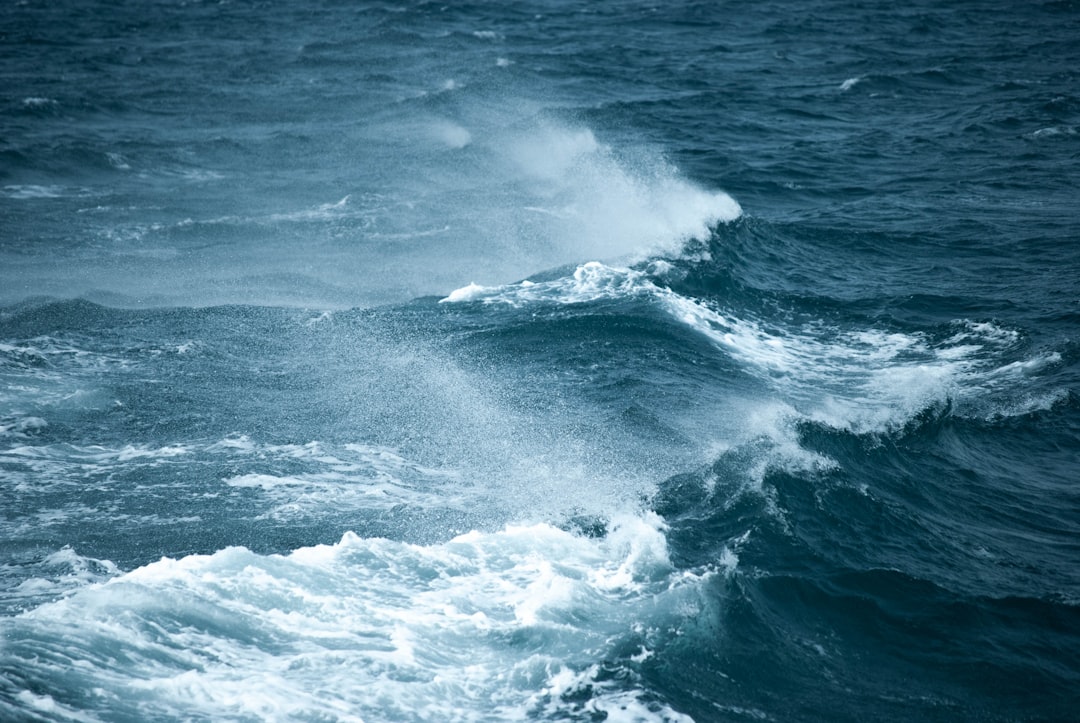What is it about?
When sound penetrates the seabed, it is absorbed or reflected so that the signal becomes progressively weaker the further it travels in the sediments. Usually, this decrease (or attenuation) is an annoyance as it stops us from being able to image deeper structures within the seabed, though the rate of attenuation can also be interesting. It can be slow if the seabed has uniform properties or can be fast if there is gas or properties vary a lot. In this comment, I showed how the rate of attenuation can sometimes be easily extracted from sediment profiler ("Chirp") data using a simple display of the data.
Featured Image
Why is it important?
Spatial variations in attenuation rates could provide another useful observation when exploring an area or when comparing areas.
Read the Original
This page is a summary of: Comment on: “The spatial extent of the Deep Western Boundary Current into the Bounty Trough: new evidence from parasound sub-bottom profiling” by Horn and Uenzelmann-Neben, Marine Geophysical Research, October 2016, Springer Science + Business Media,
DOI: 10.1007/s11001-016-9287-y.
You can read the full text:
Contributors
The following have contributed to this page










